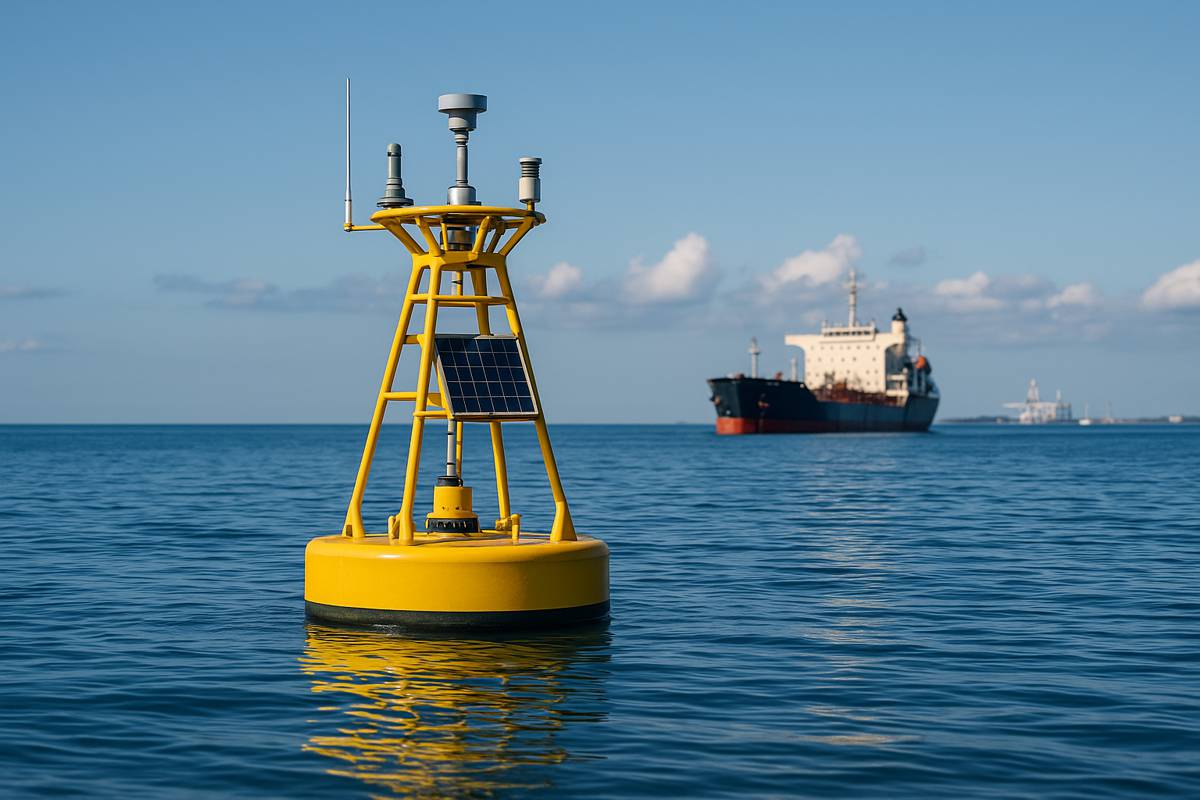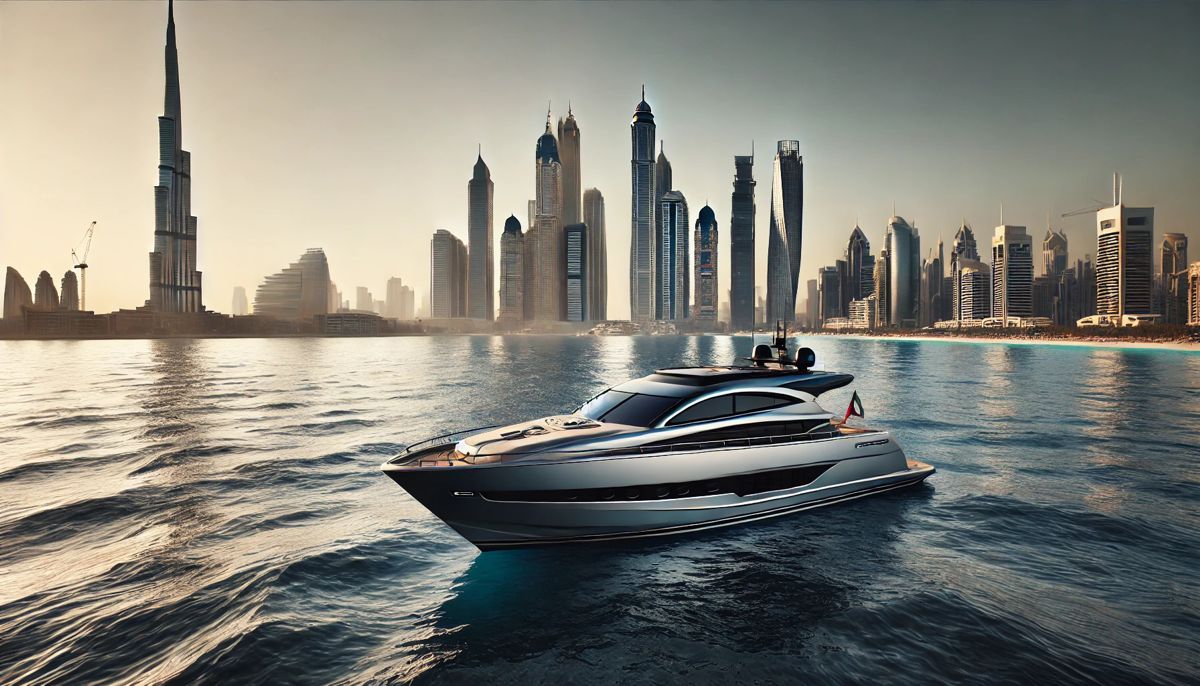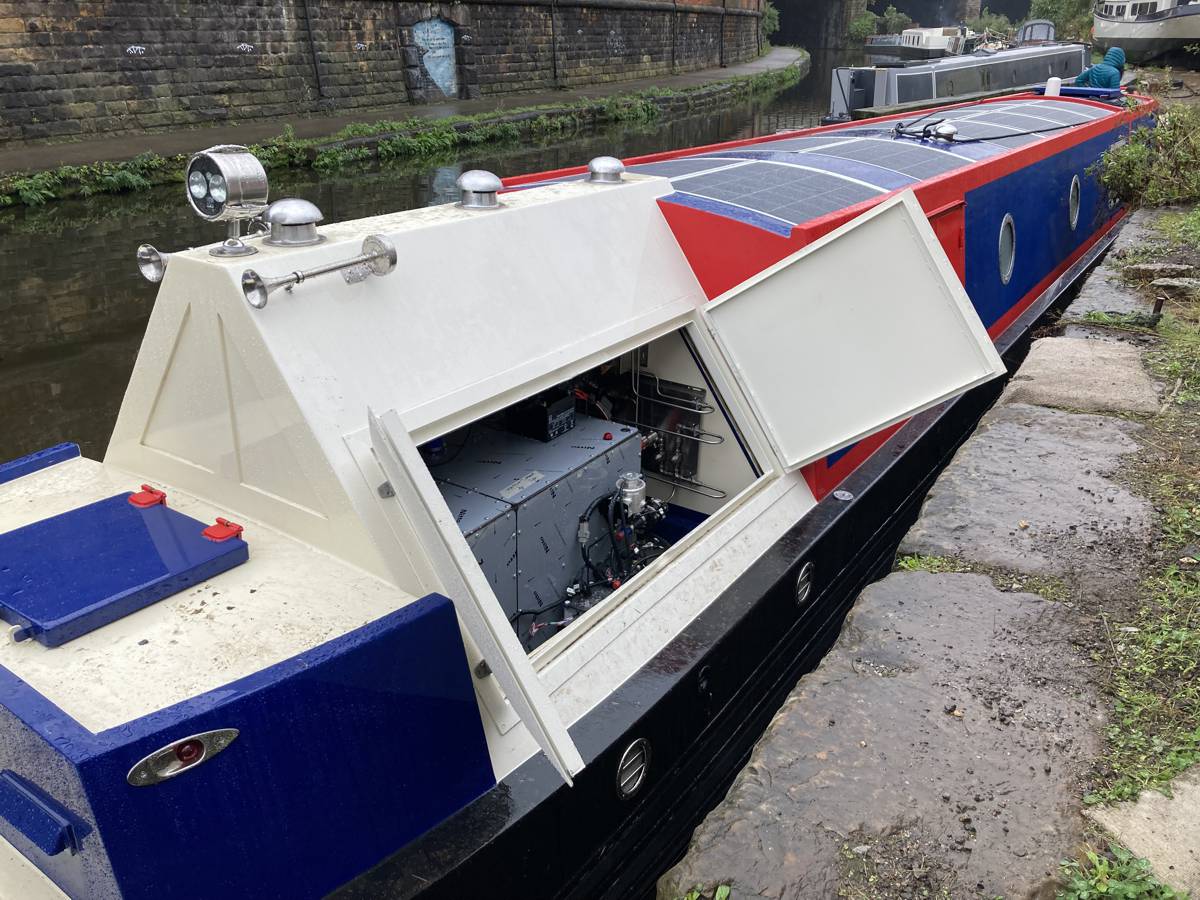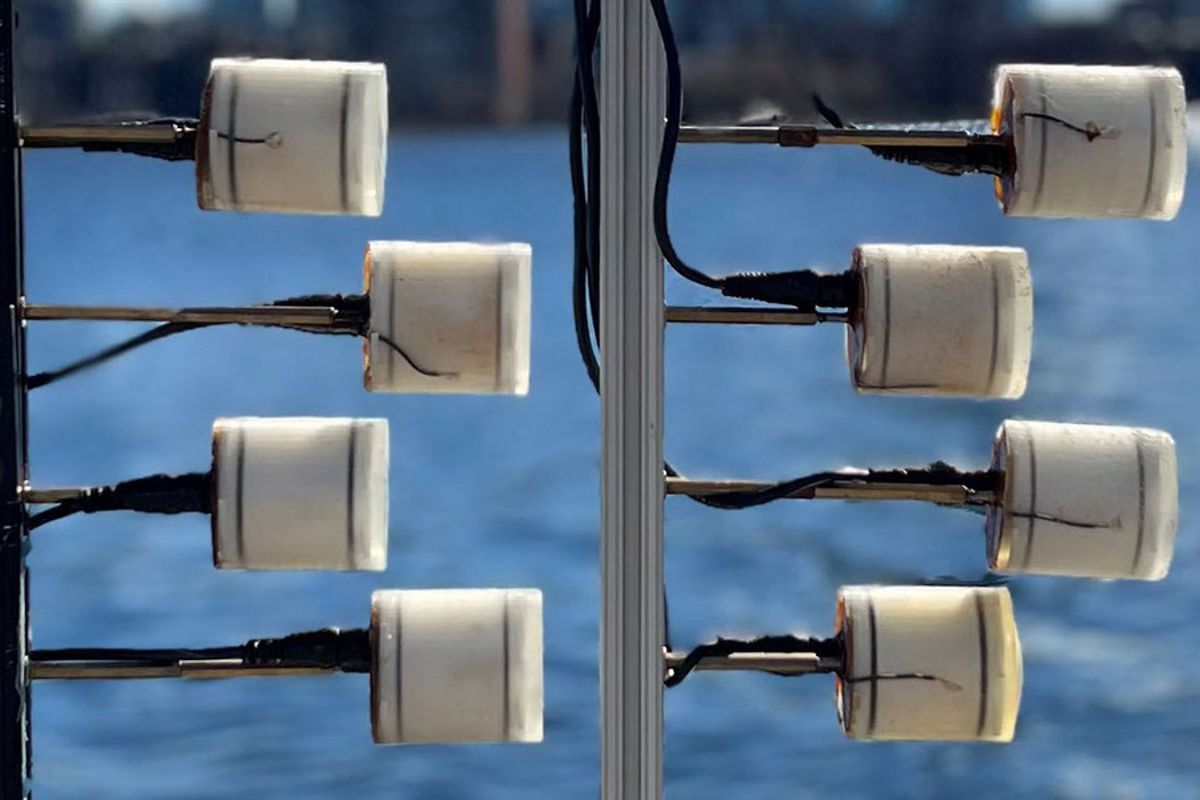Wind-Powered Cargo Ships deliver a Modern Twist on Ancient Technology
In a ground-breaking development that harks back to the golden age of sailing, a University of Miami researcher is pioneering wind-powered technology to propel modern cargo ships.
This innovation promises to reduce the shipping industry’s reliance on fossil fuels and significantly cut greenhouse gas emissions.
Reviving an Ancient Propulsion Method
Centuries ago, the world’s oceans were dominated by majestic merchant ships, their sails billowing in the wind as they transported goods across vast distances. These early vessels eventually yielded to the might of diesel-powered ships, a shift that brought about a surge in greenhouse gas emissions. Today, these emissions are a significant contributor to global climate change, and the shipping industry accounts for roughly 3 percent of global emissions.
GeCheng Zha, a professor of aerospace engineering at the University of Miami’s College of Engineering, is leading a project to bring back wind propulsion in a modern, technologically advanced form. “What’s old is new again,” says Zha, who also directs the Aerodynamics and Computational Fluid Dynamics Lab. “With the technological advancements of today, wind-assisted propulsion is an efficient alternative to diesel engines. And the major advantage is that it’s environmentally friendly—an effective way to decarbonize the shipping industry.”
Innovative Wind-Powered Cylinders
Zha is developing enormous cylinders, designed to be mounted on the decks of cargo ships. These cylinders generate thrust by drawing in air, pressurising it, and then expelling it in a different direction. Standing several stories high, the cylinders can be retracted to allow ships to pass under bridges and navigate through ports.
The potential impact is substantial. On some shipping routes, these cylinders could reduce fuel consumption by up to 50 percent. While still in the design and simulation phase, Zha’s wind-propulsion instruments offer a promising solution to a pressing problem.
Timely Solutions for a Pressing Problem
The timing of Zha’s research is impeccable. The International Maritime Organization (IMO), a United Nations agency, recently revised its strategy, mandating the international shipping industry to achieve net-zero greenhouse gas emissions by around 2050. This ambitious goal is driving the industry to explore and adopt innovative technologies.
“The shipping industry has had a tendency to resist change because diesel engines are so powerful,” Zha notes. “But now, with pressure mounting, either willingly or unwillingly, it will have to change.”
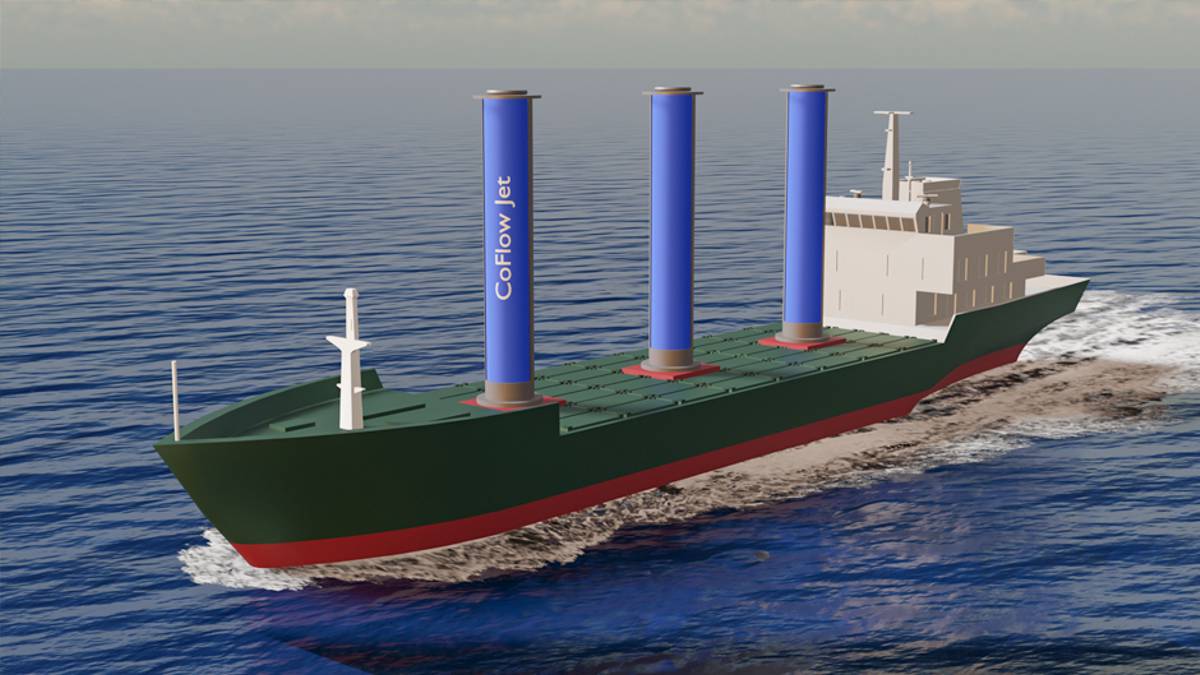
A Growing Movement Towards Wind-Assisted Technologies
Zha’s high-tech cylinders are part of a broader movement in the shipping industry to embrace wind-assisted technologies. From spinning rotors that harness the Magnus effect to nonrotating suction wings that use internal fans for propulsion, the concept of using wind energy is gaining momentum.
Currently, around 30 cargo ships out of a global fleet of 60,000 utilise some form of wind propulsion, with rigid sails made of aluminium, fibreglass, and carbon fibre. This number is projected to soar to nearly 11,000 by the decade’s end, according to the London-based International Windship Association.
Zha’s nonrotating cylinders, leveraging co-flow jet technology akin to his research on new types of aircraft, promise to be more efficient than existing wind-assisted propulsion units. “We would be capable of achieving greater thrust,” Zha asserts.
Securing Funding for a Prototype
The only hurdle remaining for Zha is securing the necessary funding to develop a prototype. He remains optimistic, however, about the future of his project. “We’ll get there,” he says confidently. “With about 90 percent of the world’s trade traveling by ship, this technology is a ‘windfall’ of an idea.”
The Road Ahead
As the shipping industry grapples with its environmental impact, innovations like Zha’s wind-powered cylinders offer a beacon of hope. By reviving and modernising an ancient method of propulsion, these technologies could play a crucial role in steering the industry towards a more sustainable future.









